Plenaries
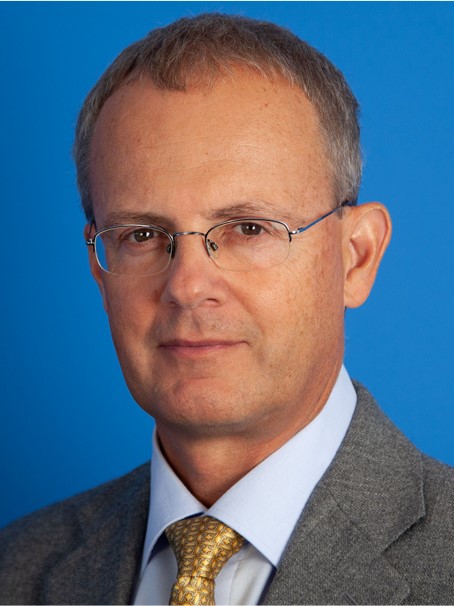
Commercial Ultra-High-Field NMR Magnets with HTS Conductors
Speaker: Robert Herzog (Bruker Switzerland AG)
Session Sponsor: Fujikura Ltd.
Robert Herzog studied for a first degree at the Technical University of Vienna, Austria and received a PhD at the University of Cambridge, UK in 1998 for an experimental study of the dependence of Ic in YBCO thin films on the angle of applied fields. Subsequently he contributed to the km-long superconducting supply wiring of quadrupole and corrector magnets of the LHC at CERN in Geneva. After a few years working on conductor tests for ITER coils at the EPFL Applied Superconductivity Group, located at the Paul Scherrer Institute, he joined Bruker Switzerland close to Zurich. Since ten years he is a major contributor there to the effort of using HTS in NMR magnets, which culminated in the commercial availability of the 1.2 GHz systems. His focus are tape-winding techniques and quench protection methods.

Radiation Therapy Systems
Speaker: Eric Forton (IBA – Ion Beam Applications, Belgium)
Eric Forton got a PhD in Physics from the University of Louvain (Louvain-la-Neuve, Belgium) in 2006 for his work on the radiation hardness of silicon strip detectors for the central tracker of the CMS experiment at CERN. He then joined IBA (Ion Beam Applications), the worldwide leading company in protontherapy, where he worked on various topics such as boron-neutron capture therapy, Monte Carlo modelling, cyclotrons and magnets for radiopharmaceuticals production and protontherapy. He is currently leading the System Engineering teams within the Research and Development department at IBA.
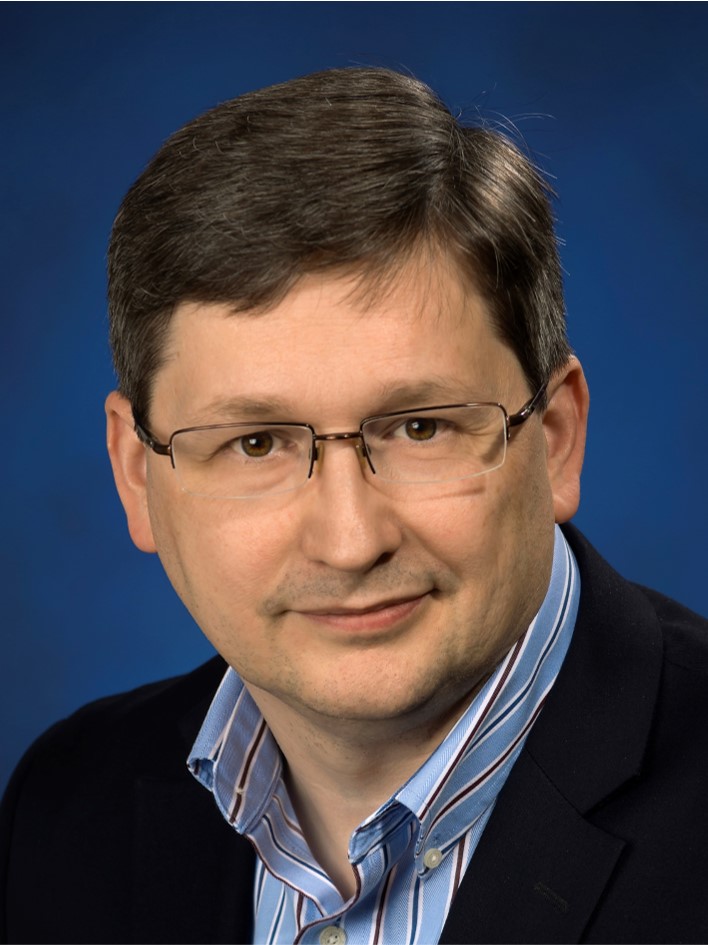
Muon Colliders and Their Magnet Technology Needs
Speaker: Mark Palmer (BNL, USA)
Mark Palmer is Director of the Accelerator Test Facility (ATF) at Brookhaven National Laboratory (BNL) and head of Accelerator Science & Technology within the laboratory’s Advanced Technology Research Office. Prior to joining BNL, he was based at Fermilab where he led the U.S. Muon Accelerator Program in its efforts to demonstrate feasibility of muon accelerator technologies. These efforts have recently enabled a resurgence of interest in muon colliders as a potential route to multi-TeV lepton-collider capabilities for the high energy physics community. While at Cornell University, he was co-leader of the damping rings design team for the International Linear Collider (ILC) effort, co-convener of the CLIC-ILC Damping Rings Joint Working Group, supported development and operations of the Cornell Electron-positron Storage Ring (CESR) for both collider and light source applications, and was project director and co-principal investigator for the CESR Test Accelerator (CESR-TA) effort. Before focusing on accelerators, he was a member of the CLEO collaboration. Over the past decade he has engaged in design and experimental efforts to demonstrate next-generation capabilities for accelerator-based science and applications. He has served on numerous U.S. and international advisory and review committees for projects, accelerator facilities, and experiments.
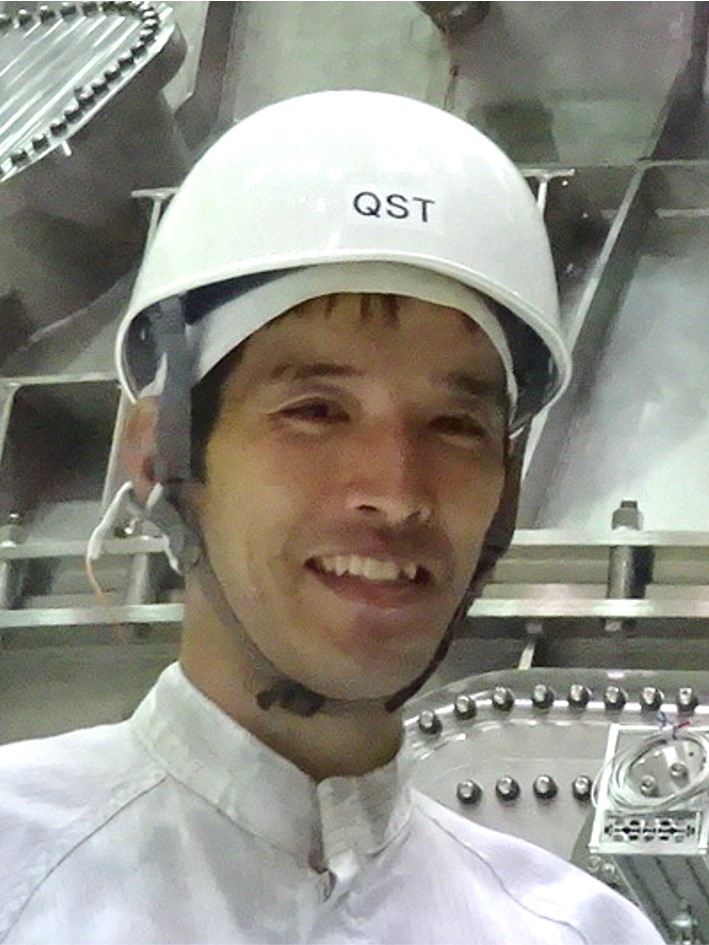
Overview of Construction and First Commissioning Results of JT-60SA Superconducting Magnets
Speaker: Haruyuki Murakami (QST, Japan)
Session Sponsor: Toshiba Energy Systems & Solutions Corporation
Haruyuki Murakami is in charge of construction and operation of superconducting magnet system in JT-60SA project at National Institutes for Quantum Science and Technology (QST). He received his degree from the Waseda Univerity in 2010 with a evaluation of critical current of super conducting wire subjected to a periodic bending load. He entered the Japan Atomic Energy Agency in 2008, the organization has been changed to QST since 2016, and joined the JT-60SA project. He was responsible for design and procurement of CS and EF coils for JT-60SA. He also worked on development of a superconducting current feeding system, which connects coils to power supply, and quench protection system for superconducting equipments for JT-60SA.
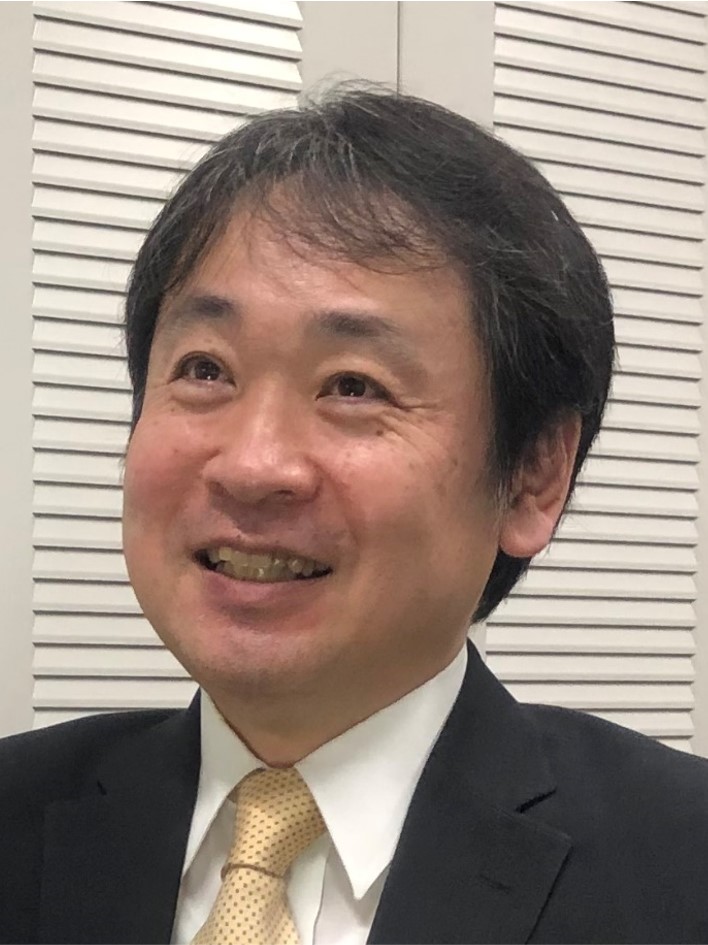
Magnet Technology for Train
Speaker: Masaru Tomita (RTRI, Japan)
Masaru Tomita is Director of the Maglev System Technology Division at Railway Technical Research Institute (RTRI) and Head of Applied Superconductivity Laboratory at RTRI. This division focuses on research and development of Maglev and superconductivity for railway. He was received the degree of Doctor in Engineering from the University of Tokyo with “Enhancement of the superconducting performance through improvement of the mechanical properties and cryostability of bulk superconductor with impregnation technique”. He was the Yamanashi Maglev Test Line Project Team member at around the beginning of Maglev running. After a few years working on High-temperature superconductor bulks research at the Superconductivity Research Laboratory (SRL), International Superconductivity Technology Center (ISTEC). He continued his research on HTS bulks at RTRI and proceeded with the development of high magnetic field magnets. “High-temperature superconductor bulk magnets that can trap magnetic fields of over 17 tesla at 29 K” was his work when researched at RTRI and ISTEC. He then worked on research for HTS bulks to generate the magnetic field of the Tesla-class for NMR at Francis Bitter Magnet Laboratory (FBML), Massachusetts Institute of Technology (MIT). As a new application of superconductivity, he has studied the introduction of superconducting technology into railways. He has new working on High-temperature superconducting cables for DC railway electrification system. The train running test was conducted with superconducting cable in the test track as project manager and leader of the “Strategic Promotion of Innovative Research and Development” by Japan Science and Technology Agency (JST). In addition, the first test of a commercial train using superconducting feeder cables was conducted. He also has a project aimed at conducting the demonstration experiment with the long-distance superconducting cable used for an urban area.
Young Scientist Plenary Session
(sponsored by Fukuoka Institute of Technology)
The Young Scientist Plenary session is one of the most prestigious opportunities offered to younger scientists and is an event that is highly anticipated by all attending who are interested in the future generations’ direction in magnet technology. The young scientists, who are selected among recommendations made by the Program Committee, have demonstrated outstanding, significant potential in the field of magnet technology and have gained the recognition and interest of other scientists in the community.
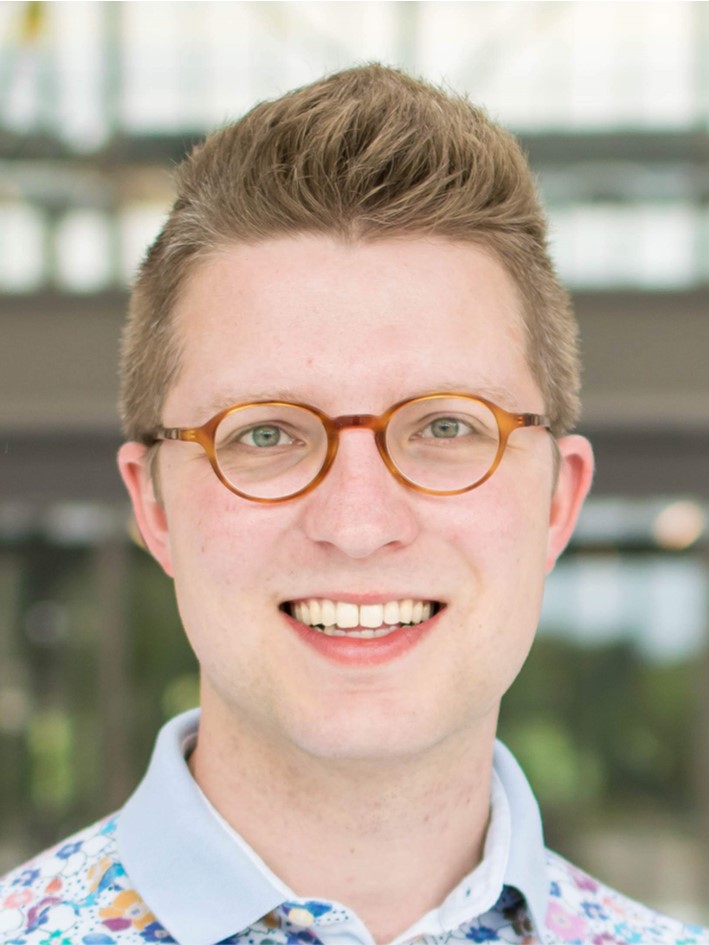
A circular economy using superconductors: magnetic density separation
Speaker: Jaap Kosse (PSI – Paul Scherrer Institut)
Jaap Kosse is an applied physicist at PSI, Switzerland, currently working on non-insulated HTS magnets. He obtained his PhD at the University of Twente in 2021. His doctoral research involved the design and construction of a superconducting demonstrator magnet for magnetic density separation, an innovative recycling technology that allows to sort non-magnetic waste materials based on their mass density. The combination of multiphysics problems and practical applications makes him interested in all aspects of magnet design.
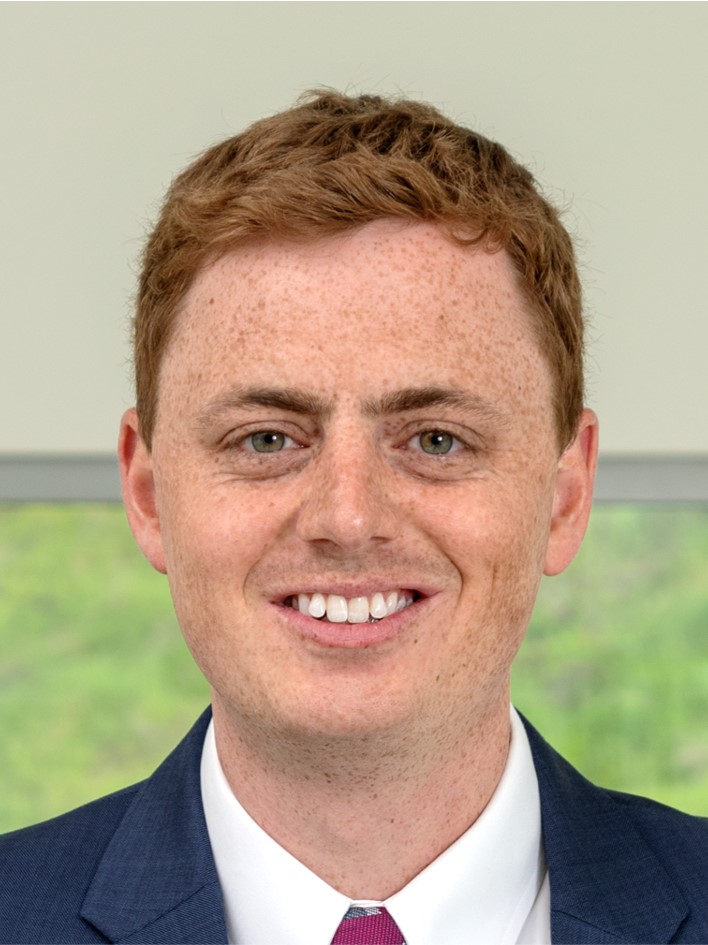
Coupling superconducting magnet technology with large momentum acceptance beamlines to enable lightweight, high performance gantries for ion beam cancer therapy
Speaker: Lucas Brouwer (Lawrence Berkeley National Laboratory)
Lucas Brouwer is a research scientist within the Accelerator Technology and Applied Physics Division at Lawrence Berkeley National Laboratory. He received his Ph.D. in nuclear engineering from the University of California, Berkeley in 2015 with a thesis focused on the Canted-Cosine Theta (CCT) accelerator magnet design. His current research focuses on the engineering design and test of 10 T + Nb3Sn CCT dipole magnets for high energy physics, large momentum acceptance gantry magnets for proton therapy, and ultra-stable superconducting magnets for electron microscopy.
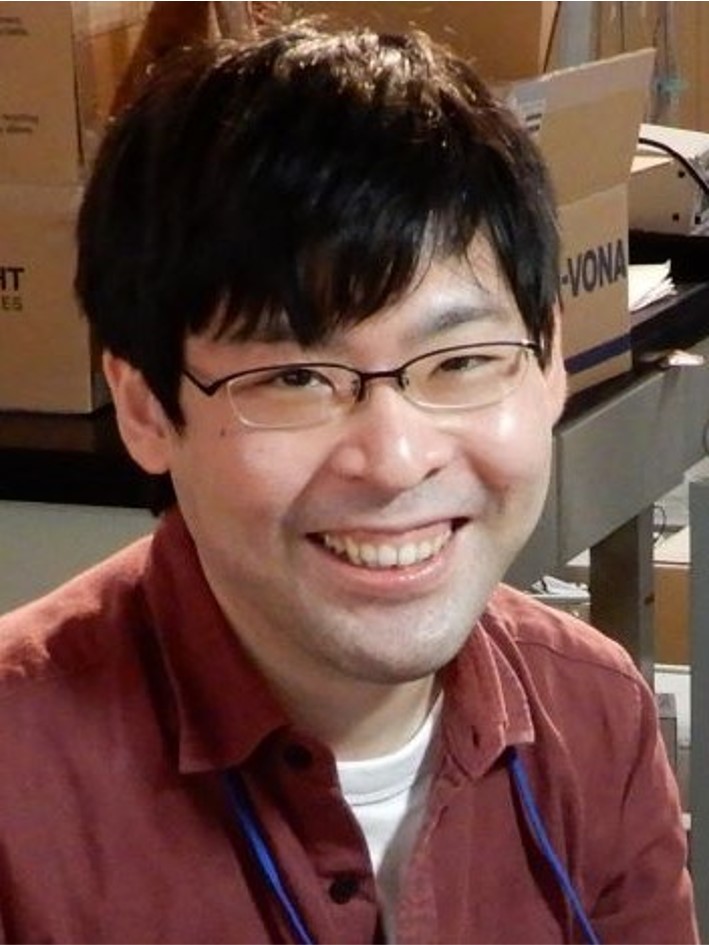
HTS Superconducting Joint for Persistent Current Mode Magnets
Speaker: Yasuaki Takeda (NIMS)
Yasuaki Takeda is an ICYS (International Center for Young Scientists) Research Fellow at NIMS (National Institute for Materials Science), Japan. He received his Ph.D. of Engineering from the University of Tokyo in 2020. He is working on Bi-2223 HTS materials research, and development of the Bi-2223 superconducting joint technology for persistent current mode magnets.

Nb3Sn: beyond NbTi, for moving beyond the Standard Model
Speaker: Barbara Caiffi (Istituto Nazionale di Fisica Nucleare)
Barbara Caiffi works as a scientist at Istituto Nazionale di Fisica Nucleare in Italy. She started her scientific career in the field of nuclear fusion, receiving her PhD at University of Genova in 2015 with the thesis “Neutron shielding assessment and diagnostics in tokamaks”. The work focused on the optimization of the shielding for the fusion reactor ITER and on the development of an innovative neutron spectrometer based on the CVD diamond detectors technology. After her PhD, she started to collaborate with the Superconducting Magnets group at INFN Genova. She worked on the design of a Nb3Sn, 16T dipole magnet within the project EuroCirCol, as well as on the development of the MBRD magnets for Hi-Lumi LHC, the recombination-separation dipoles to be placed before and after the interaction regions. At present, she is the deputy leader of the MBRD magnet project. She is also involved in the FalconD project, aiming to design and fabricate a Nb3Sn cos magnet with field quality suitable for a particle accelerator, as a development for the Future Circular Collider project.
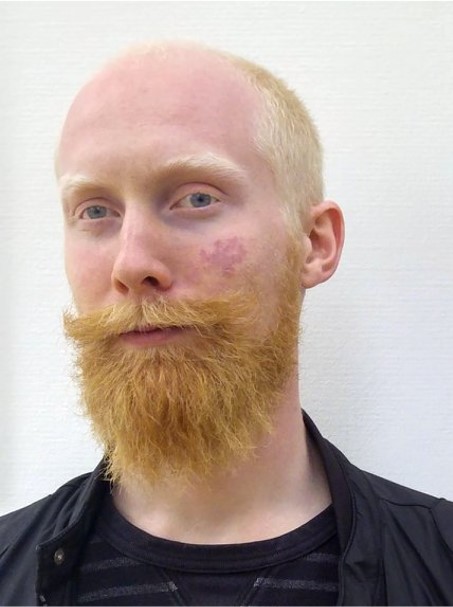
Tokamaking, some reflections and afterthoughts
Speaker: Gherardo Romanelli (ENEA)
Gherardo Romanelli attains a BSc degree in Aerospace Engineering at the University of Pisa (Italy) in 2012 and a MSc degree in Space Systems Engineering at the Delft University of Technology (The Netherlands) in 2016. In 2017 he becomes a graduate trainee in the Superconducting Department at the ENEA Research Center of Frascati (Italy) and continues working there being awarded one EUROfusion Engineering grant in 2020. Since 2018, he is the main responsible for the finite element analyses of the Toroidal Field Coil system of the Divertor Tokamak Test facility (DTT) under construction in Frascati (Italy).
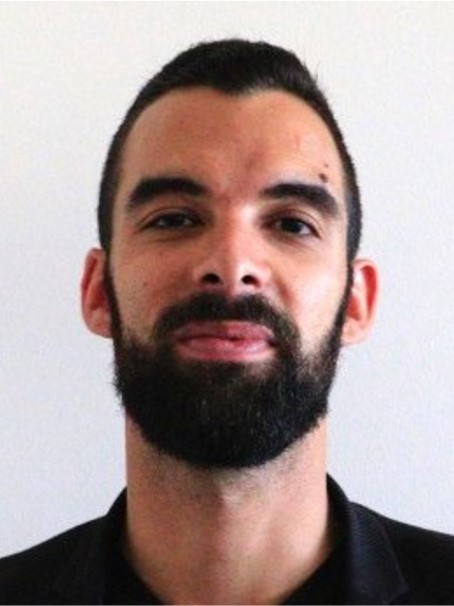
The need for system-oriented approaches for complex magnet design and operation
Speaker: Alexandre Louzguiti (CEA French Alternative Energies and Atomic Energy Com)
Dr. Alexandre LOUZGUITI obtained his engineering degree from the École supérieure d’électricité (Supélec) and an MSc in fusion sciences from the Ecole Polytechnique Palaiseau in 2014 (double degree) with a master thesis on ICRH antenna protection against electrical arcing prepared during his work within JET facilities near Oxford, UK. From 2014 to 2017, he carried out a PhD at CEA Cadarache on AC losses in superconducting strands and cables for tokamaks, during which he developed specific analytical modeling and performed magnetization measurements on JT-60SA and ITER conductors. In 2017, he joined CERN as a senior fellow and worked on the design of the FCC sextupole and octupole magnets, the design and component qualification of radiation-hard corrector dipoles for the Hi-Lumi project and the design of a novel toroidal magnet for hadrontherapy. In 2020, he started working as a EUROFusion Engineering Grantee at CEA Cadarache on the operation and the development of modelling tools for JT-60SA tokamak. During winter 2021, he participated in the integrated commissioning of JT-60SA magnets at Naka, Japan.
Special Session “Lesson Learned”
(sponsored by Institute for Materials Research, Tohoku University)
Special session “Lesson learned” is organized in the evening (JST) on Nov. 17. It is quite important to share the knowledge obtained in a history of superconducting devises such as accelerator, fusion, NMR/MRI, high field magnet and so on. Most improvements and achievements can be found in the literatures. On the other hand, lessons based on the operation and the troubles are not so accessible in spite of those importance. This session focuses on those quite important lessons learned in HTS and LTS devices. Six experts from fusion, accelerator, high field magnet communities are invited. The session organizer is Prof. Pierluigi Bruzzone, PSI, Switzerland.
| Title | Speaker |
|---|---|
| Successes & Failures in Design Solutions During the 30 Year Life of ITER (and how we could have improved) | Neil Mitchell (ITER Organization) |
| Lessons Learned in the Development of Accelerator Magnets based on Nb3Sn and HTS | Stephen Gourlay (LBNL) |
| Lessons learnt in HL-LHC interaction region superconducting magnets: two case studies | Ezio Todesco (CERN) |
| Some Lessons Learned During 27 Years Operating Above 27 Tesla | Mark Bird (FSU) |
| Lessons Learned in No-insulation HTS Magnet Technology | Seungyong Hahn (Seoul National University) |
| Bringing a Nuclear Quality Approach to Superconducting Magnets | Liao Min (ITER Organization) |